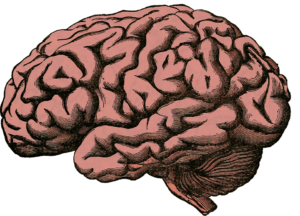
The researchers administered high levels of oxygen to anaesthetised and naturally sleeping animal models and examined the resulting activity in their brains.
“We found that when we administer oxygen, our subjects’ brains switch out of active sleep, and remain in a deactivated, slow-wave state the entire time,” explained Brandon Hauer, PhD student in the neuroscience graduate program administered by the cross-faculty Neuroscience and Mental Health Institute.
“Interestingly, when we removed the oxygen, the brain started cycling back through active, or rapid-eye-movement, sleep again.”
Deactivated or slow-wave sleep is the deepest stage of sleep, during which the brain oscillates at a languid, once-per-second rhythm.
The research highlights the potential for oxygen therapy for humans in a clinical setting.
“Oxygen therapy could be used to enhance slow-wave states during sleep to ensure that individuals who may have disrupted sleep are getting enough of the restorative, slow-wave sleep,” said Dickson. “Of course, this has to be tested first before this could become a therapeutic reality.”

